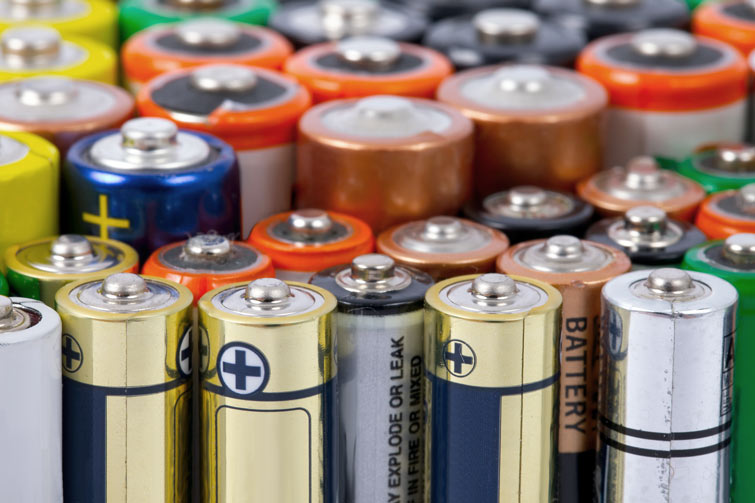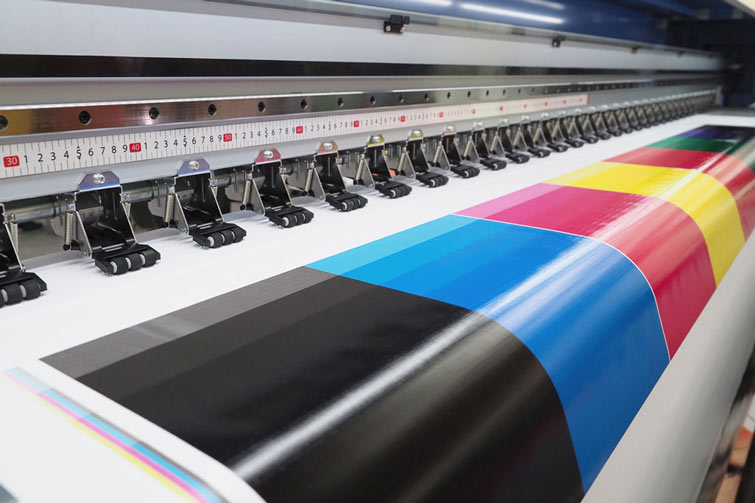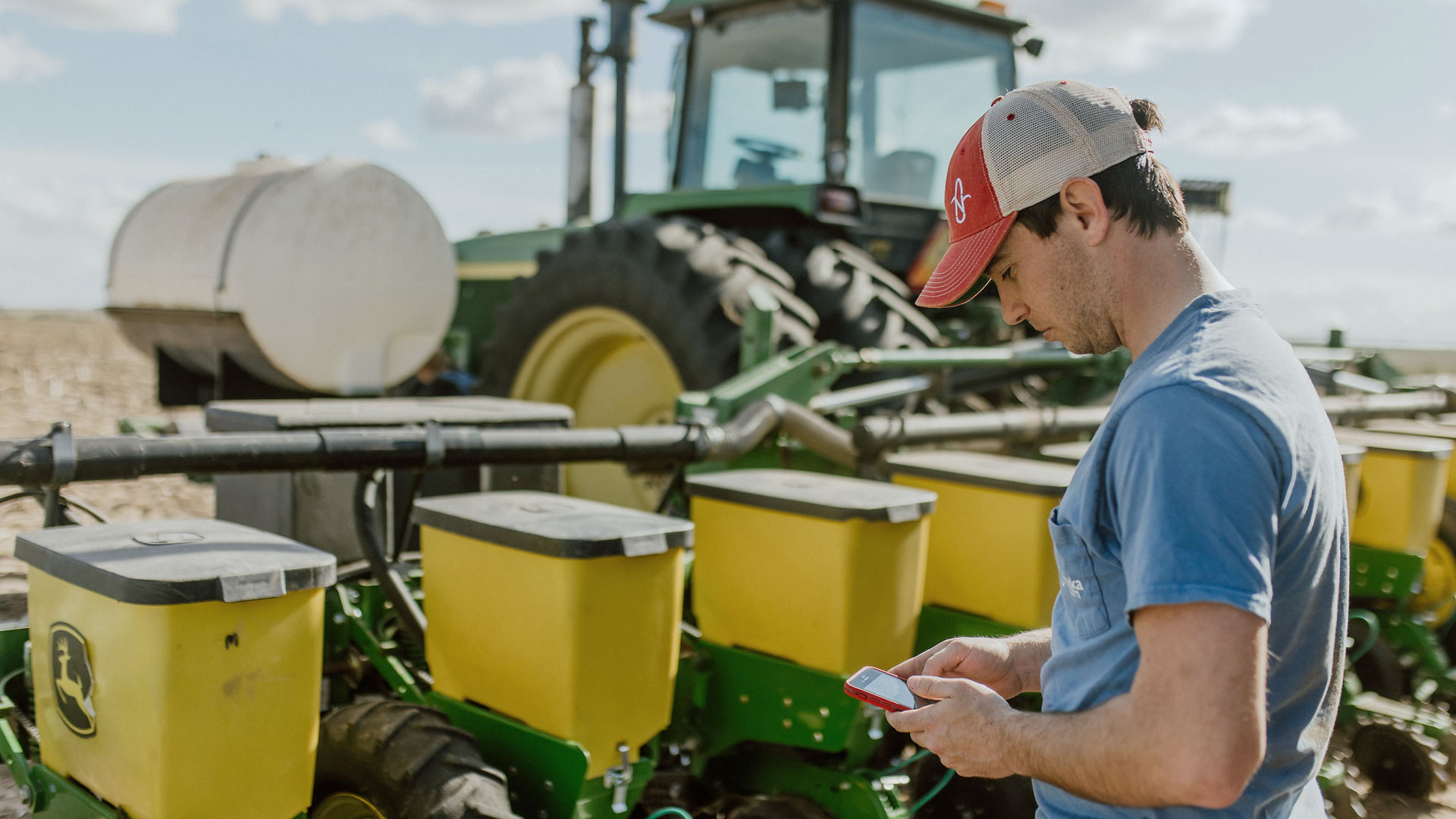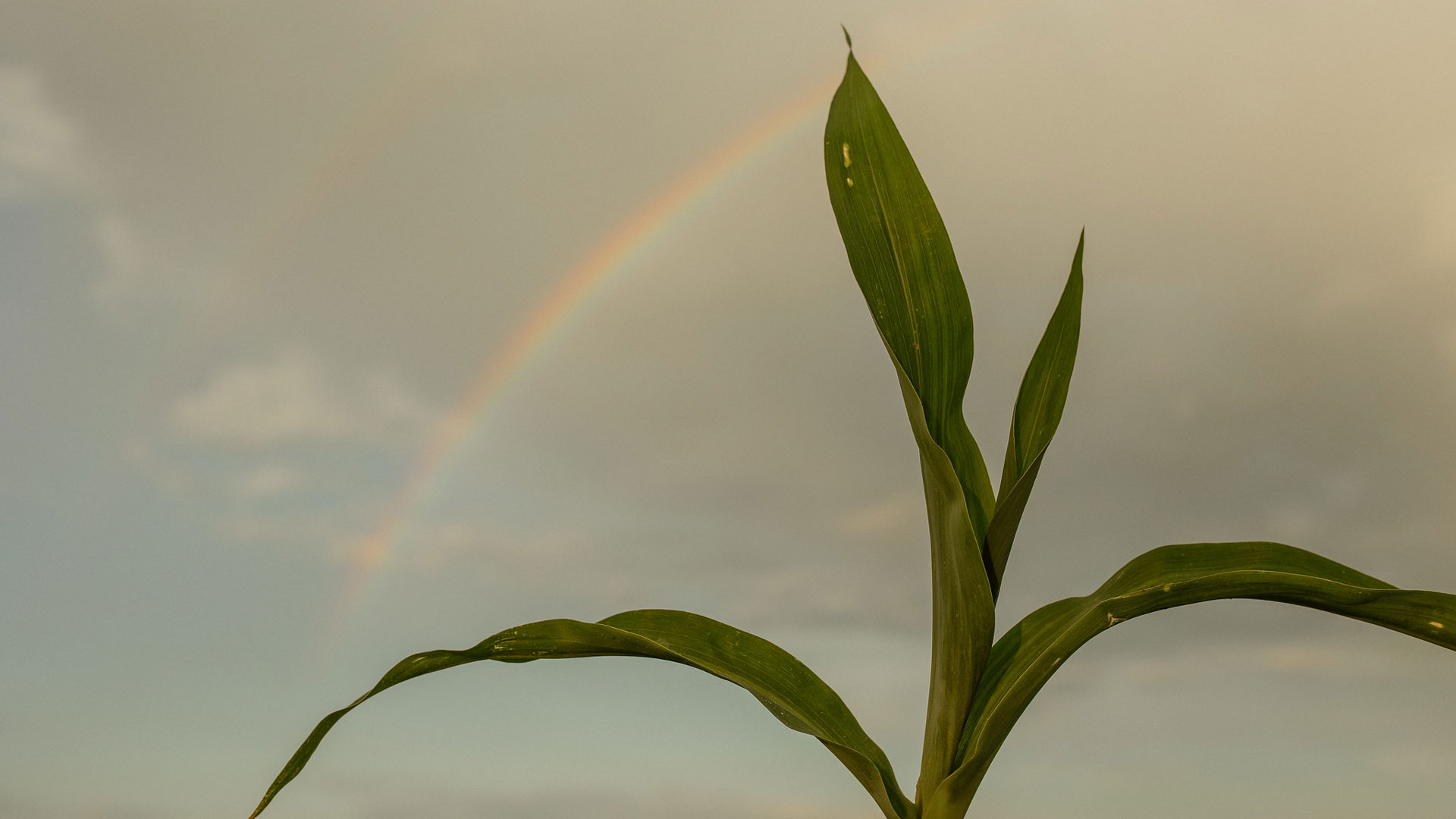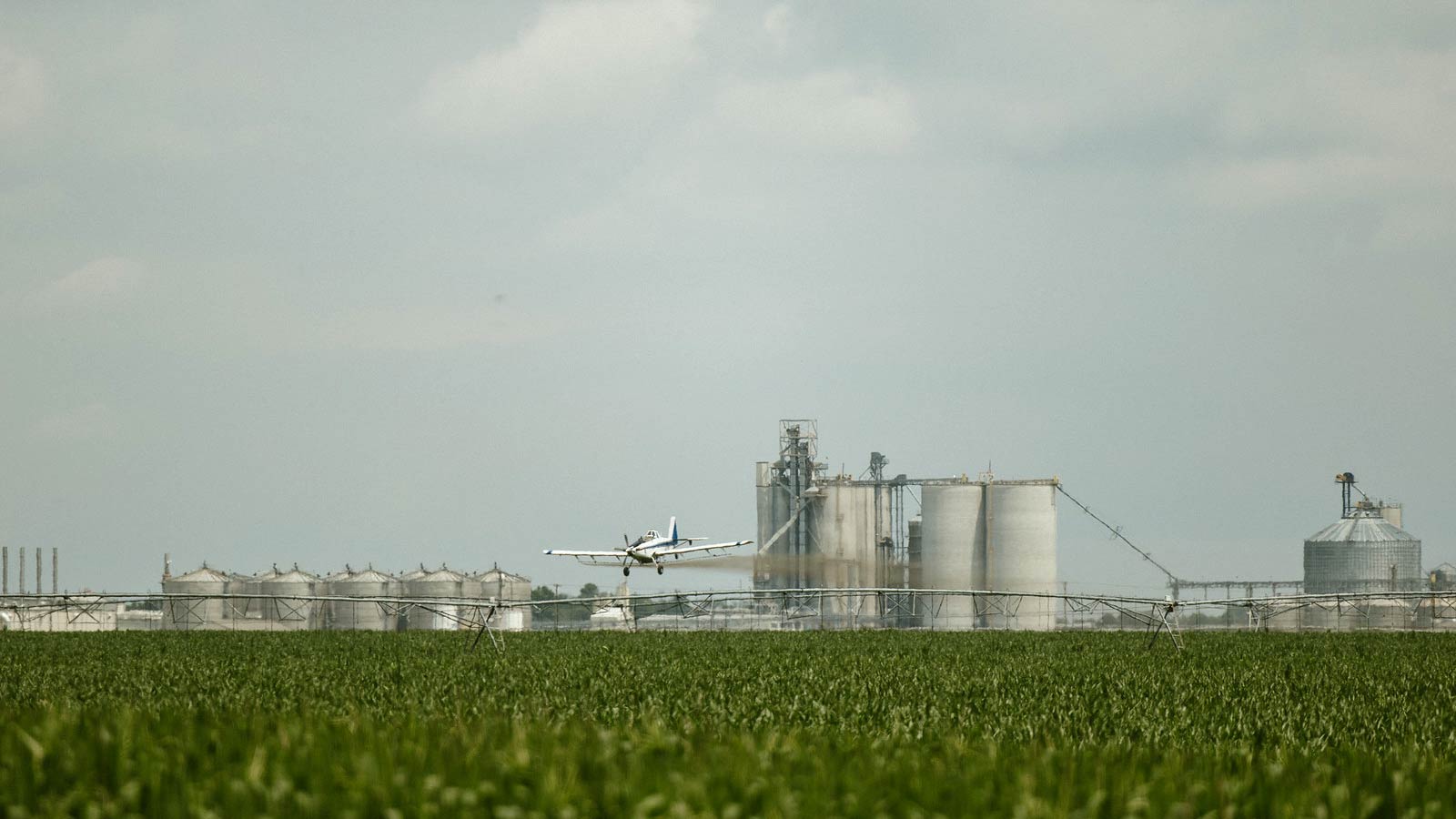Corn’s versatility never ceases to amaze! Corn truly is the plant that can change the planet!
From the tech industry to earth-friendly plastics, corn derivatives play a crucial role in our daily lives. We introduced you to some other surprising products made from corn, but there were so many incredible uses of corn that we couldn’t include them all.
Here, we’re showcasing 10 more innovative uses for corn that showcase its remarkable adaptability. This incredible variety of corn products shows why corn is a cornerstone of modern manufacturing!
1. Biodegradable Cups
One of the surprising things made from corn that many people use is biodegradable cups. Cornstarch is used to make polylactic acid (PLA), an environmentally friendly alternative to traditional plastics. Unlike cups made of traditional plastic, which can take hundreds of years to decompose, cups made out of corn-based PLA are a biodegradable, sustainable alternative.
2. Glues and Adhesives
Corn plays a significant role in the production of various glues and adhesives. Many adhesives, such as wood glue and natural glue brands, contain corn-derived ingredients or corn byproducts. One of the most common ways this happens is through cornstarch. A common component in corn kernels, cornstarch serves as a base for creating natural, biodegradable adhesives. These starch-based glues are widely used in the paper and packaging industries.
3. Batteries
While you might not think a list of things made of corn would include batteries, corn can be found in batteries in multiple ways. Battery electrodes can contain corn waste biochar, which is a carbon-rich residue of corn. Corn-derived plastics or fibers also can be used to create an eco-friendly battery casing as opposed to using petroleum-based plastics. Additionally, cornstarch can be used as a binder, or type of glue, to hold battery components together.
4. Matches
Cornstarch, that incredibly versatile ingredient, also is used to make match heads. Its incorporated into the match heads as an adhesive, which binds the ingredients together and helps with ignition.
5. Envelopes
Envelopes can contain corn in their adhesive. Corn can be used to make cellulose, which is the building block for the nitrocellulose glue used to seal envelopes. So, when you’re licking envelopes, you just may be licking one of the many products with corn-based ingredients.
6. Dyes and Inks
Corn uses also include the production of dyes and inks. Cornstarch is used as a binding agent and corn protein helps stabilize and adhere ink to paper. Ethanol made from corn can be used as a carrier or solvent in some inks. The natural pigment in some corn varieties also is used to produce colored dyes.
In addition to helping with drying, sticking the ink to the paper and reducing smudging, using corn -based ingredients is a way to make ink and dye products more environmentally friendly.
7. Makeup
Corn-based ingredients are used in the cosmetics industry due to their versatility, natural origin, and often their ability to replace synthetic ingredients. They can be found in a wide range of makeup products, from foundations and powders to lipsticks and eyeshadows. Cornstarch is used as a setting and blotting powder to control oil and shine. Another common corn-based ingredient found in makeup is sorbitol. A sugar alcohol, sorbitol is most often used to keep makeup moist and to give creams, lotions and other forms of cosmetics a smooth consistency.
8. Shampoo
Corn is used in shampoos primarily through citric acid. Made from corn, citric acid helps maintain correct pH so the shampoo doesn’t irritate the hair or scalp. Additionally, citric acid acts as a preservative and extends the shelf life of the shampoo by helping prevent the growth of mold and bacteria. This all makes corn-based citric acid a valuable component in many personal care products, including shampoos.
9. Windex
When you use the glass cleaner Windex, corn is helping you give windows and mirrors a streak-free shine! Corn is used to make multiple ingredients in Windex, including ethanol and citric acid. Ethanol is made by fermenting corn and citric acid is made from cornstarch.
10. Textiles
Corn also has emerged as an innovative and eco-friendly source for textile production. The most common method uses cornstarch to create polylactic acid (PLA), the same substance used to make biodegradable cups. This process involves fermenting corn sugars to produce lactic acid, which is then made into PLA pellets that can be spun into fibers. Sold under the brand name Ingeo, these fibers are used to make textiles.
In addition to biodegradable cups, earth-friendly plastic cutlery and textiles, this corn-based PLA also is used to make coffee pods and diapers.

